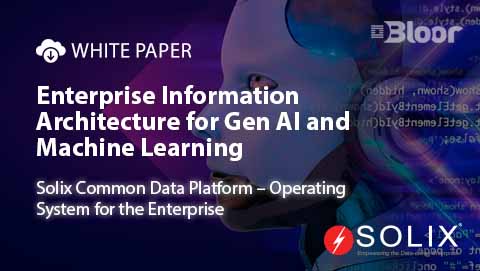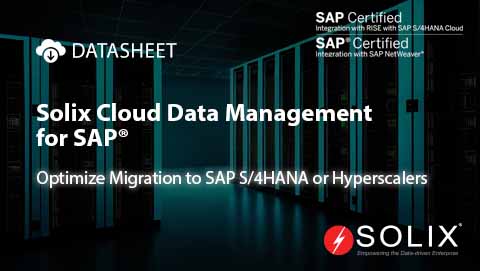Clustering
What is Clustering?
Clustering is a technique that involves the grouping of data points into clusters, such that points in the same cluster are more similar to each other than to those in other clusters. It is a form of unsupervised learning, meaning it doesn’t rely on labeled data. Instead, it finds inherent structures in the data to group similar items together.
Why Use Clustering?
It offers a multitude of benefits for data analysis:
- Exploration: It helps unearth hidden patterns or groupings within the data, providing insights into its organization.
- Data Reduction By grouping similar data points, it simplifies complex datasets, making them easier to visualize and interpret.
- Classification This process can be a precursor to classification tasks. The identified clusters can serve as the basis for assigning labels to future data points.
- Recommendation Systems Grouping of user data or product features allows recommendation systems to suggest similar items to users based on their past preferences.
Clustering Algorithms
- K-Means Clustering: This algorithm partitions data into k clusters, where each data point belongs to the cluster with the nearest mean. The number of clusters, k, is predefined by the user. The algorithm iteratively adjusts the centroids until convergence.
- Hierarchical Clustering: This method builds a hierarchy of clusters either by merging smaller clusters into larger ones (agglomerative) or by splitting larger clusters into smaller ones (divisive). The results are often presented in a dendrogram.
- DBSCAN (Density-Based Spatial Clustering of Applications with Noise): DBSCAN groups data points that are closely packed together while marking points in low-density regions as outliers. It is particularly useful for data with varying densities.
- Gaussian Mixture Models (GMM) This probabilistic model assumes that the data is generated from a mixture of several Gaussian distributions with unknown parameters. Each cluster can have different shapes and sizes.
Real-life Applications
- Customer Segmentation Businesses use data grouping to segment customers based on purchasing behavior, demographics, and other attributes, enabling targeted marketing strategies.
- Anomaly Detection: It can help identify outliers in data, which may indicate fraudulent activities, network intrusions, or other irregular events.
- Image Segmentation: In computer vision, this technique can divide an image into segments for object detection and recognition.
- Document Clustering Grouping algorithms can organize a large set of documents into groups based on topic similarity, aiding in information retrieval and text mining.
Challenges associated with this technique
Here are some considerations that need to be taken while clustering
- Choosing the Number of Clusters: Many clustering algorithms require the user to specify the number of clusters, which can be challenging without domain knowledge.
- Scalability Clustering large datasets can be computationally intensive and may require specialized algorithms or optimizations.
- Cluster Validity: Evaluating the quality and validity of clusters can be subjective and depends on the context and purpose of the clustering.
- Handling High-Dimensional Data As the number of features increases, the distance metrics used in clustering may become less meaningful, a phenomenon known as the curse of dimensionality.
Clustering is a fundamental tool in machine learning and data analysis, offering valuable insights by grouping similar data points. Understanding the concepts, algorithms, and challenges associated with grouping is essential for effectively leveraging this technique across various applications
FAQ
Can clustering be used for real-time applications?
Yes, clustering can be used for real-time applications, but it requires efficient algorithms that can handle streaming data. Techniques such as online k-means and incremental clustering algorithms are designed to update clusters dynamically as new data comes in, making them suitable for real-time analysis.
What are the limitations of k-means clustering?
K-means clustering has several limitations:
- It requires the number of clusters, k, to be specified in advance.
- It assumes that clusters are spherical and equally sized, which may not be the case in real data.
- It is sensitive to the initial placement of centroids, which can lead to different results for different initializations.
- It may struggle with grouping of data that has varying densities or irregular shapes.
How does DBSCAN handle noise in the data?
DBSCAN (Density-Based Spatial Clustering of Applications with Noise) is particularly effective at handling noise. It does this by classifying points that do not belong to any cluster as noise or outliers. Points are grouped into clusters based on their density, and any point that has fewer neighbors than a specified minimum number (minPts) within a given radius (epsilon) is considered noise. This allows DBSCAN to find clusters of varying shapes and sizes while distinguishing noise in the dataset.





